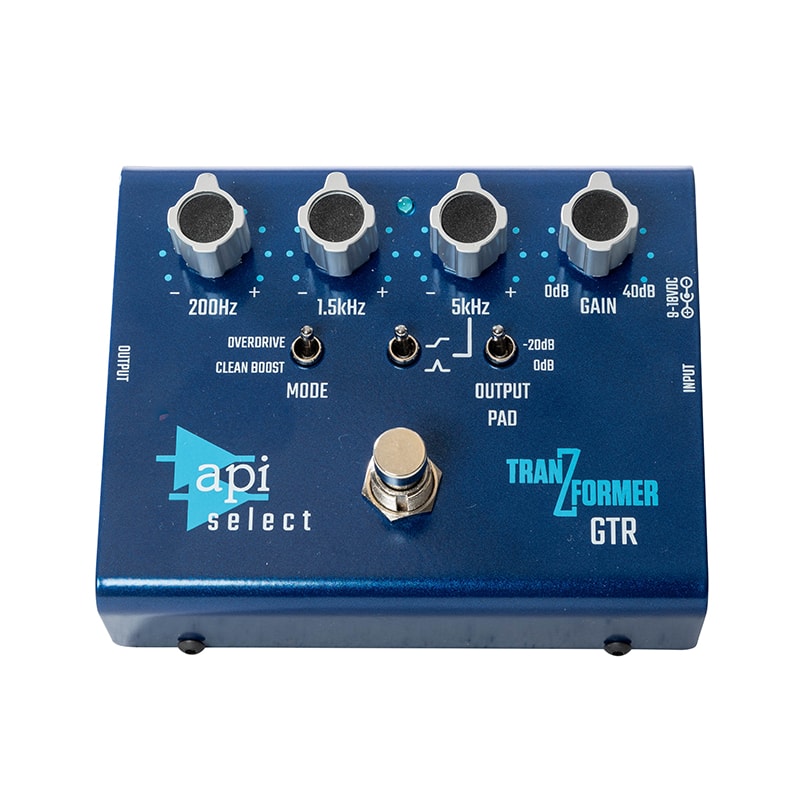

Katherine, his wife of 42 years recalled “Graham liked to share his excitement of a subject with pioneers and experts in the field his creative and innovative approach to a subject helping to form firm and sometimes collaborative friendships with his often distant peers.”ĭaughter Linda recalls that he surrounded himself with great engineers. Graham was always an eclectic reader on science and technology topics. More than one member of his family has remarked on the “metre-high stack of books and magazines” always by the side of his bed for late-night reading. He was a voracious reader of books and magazines on the latest technology and regularly travelled overseas to attend trade shows and conferences to keep up with current developments in electronic design. Graham’s thirst for knowledge was insatiable.ĭaughter Linda recalls that he was always excited about what was new. His last major studio facility work was the HSV-7 Docklands studios.

Music Studios included Armstrongs AAV/Metropolis, Flagstaff, Platinum, and Soundfirm at Fox Studios in Sydney, amongst others. His major projects included Radio Stations 3MP, 3XY, 2UW, EON-FM, 2MMM, ABC Southbank and many more. Graham had a hand in the acoustic design of over 100 studios around the country, often working with studio architect Peter Brown. With his thirst for knowledge, he was keen to take the field of room acoustics from an art to a science. Graham was also renowned as an acoustician, becoming first involved by collaborating with studio architect Peter Brown on the acoustic design of many music recording and radio studios in the mid seventies, including later work on Bill Armstrong’s Bank Street studios.Īfter Optronics and Editron, Graham concentrated on acoustic design and consultancy work through his company Acoustisearch.

His contributions to the film sound industry were recognised in 2007 with the Australian Screen Sound Guild awarding him its most prestigious award, the Syd Butterworth Lifetime Achievement Award. Graham’s Editron synchronizer solved the problem of locking together multiple machines, and developed quite a devoted user-base both locally and internationally. “Back in the day” of analogue audio and video recording, the tight synchronizing of audio from multiple multitrack recorders to video recorders and film dubbers was a critical necessity to allow greater creative freedom for film mixers, music recording engineers and producers. The ABC was a big customer, particularly of his flagship Optro tape recorders – in full-track, stereo and multi-track configurations. His equipment was also found in other recording studios, and television and radio stations throughout Australia. The original 77 (the 1956 Olympics Games machine), then the “Marks Brothers” – the Byer/Rola 77 Mark II and Mark III.īill Armstrong Studios, the Melbourne “hit factory” responsible for so many Australian hit records in the sixties, seventies and beyond were, for the most part totally reliant on equipment designed and built by Graham’s company Optronics (“Optro”). Graham had a hand in many versions of the 77s. His early career saw him working at Byer Industries, the maker of the “broadcast standard” tape recorder of the time – the 77 Series. Graham’s father was a toolmaker, with a hobby interest in electronics, and Graham picked up these interests from him. His innovative console and tape machine designs underpinned much of the recording industry in Melbourne and beyond, from the sixties through to the eighties, and his studio acoustic design skills saw his ideas realized in many major influential recording studios and broadcast plants right through to near the end of his life.
#Westlake audio studio manager in 1980 professional
Graham Thirkell was an influential figure in professional audio engineering and manufacturing, and acoustic design in Australia. Byer – Rola – Plessey – Sontron – Optron ics – Editron – Acoustisearch


 0 kommentar(er)
0 kommentar(er)
